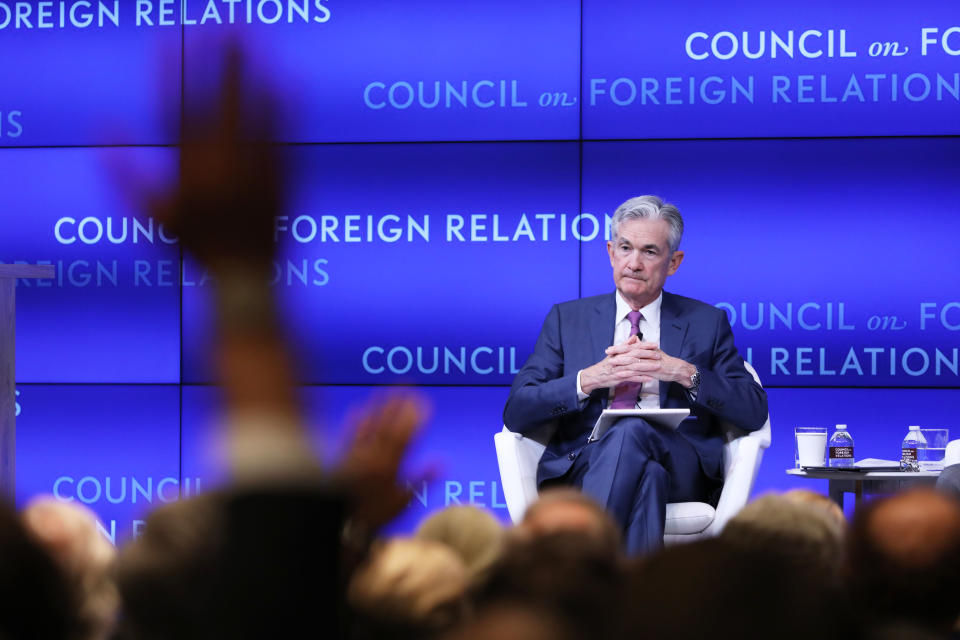UBS: Fed interest rate cut 'risk management', but it may not happen at all
The Federal Reserve’s widely-expected interest rate cut next month is an exercise in “risk management” — but a new easing cycle is not entirely assured, banking giant UBS said on Wednesday.
The central bank has kept rates on hold since ending its tightening campaign late last year, even in the face of a weakening economy and a growing political pressure from President Donald Trump.
Fed policymakers “see the US economy as fundamentally strong. Instead, a cut is about risk management,” UBS analysts wrote. The bank expects the Fed to cut its benchmark rates by half a percentage point.

Last week, almost half of the FOMC moved towards an interest rate cut by the end of 2019. A vast majority expect a December rate 50bp lower than its current level. Although the median dot was unchanged, the general downward shift signifies the concerns that the Committee holds.
“If the Fed cuts and the economy remains buoyant, they can live with the consequences. In contrast, if they do not cut rates and the economy slumps, they will see themselves as having made a grave error,” the bank said — adding that if it doesn’t take place in July, it may not happen at all.
“Our expectation is that over the remainder of the year business sentiment and capital investment improve from their recent low levels in the absence of an escalation on the trade front and that monthly inflation strengthens,” analysts wrote.
“As a result we think the case for a rate cut becomes harder to make after the July meeting,” the analysts added.
‘The bar is high’
To be certain, there are several reasons that Fed Chairman Jerome Powell and the other members of the Fed’s Open Market Committee took a dovish tilt in last week’s meeting.
Among them is the U.S-China trade war and weaker global growth that’s weighing on business sentiment and job creation. In order for the Fed to stay its hand again, there would need to be measurable progress in those areas, UBS said.
“We believe the bar is high and that data have to generally outperform expectations by a meaningful degree to stop the cut,” the bank said. “The usual measures could stall a cut, but it would take a lot of strength.”
Weighing on the Fed’s considerations is that a cautious central may be fearful of making a policy mistake that sends the U.S. economy into a tailspin. That fear is being amplified by the U.S. trade dispute with China, which may not be resolved at this weekend’s G20 meeting.
U.S. stocks rose on Wednesday, as investors sent mixed signals over the path forward in U.S.-China trade talks.
The S&P 500 (^GSPC) rose 0.02%, or 0.49 points, as of 3:02 p.m. ET. The energy sector outperformed as oil prices spiked, while the real estate sector lagged. The Dow (^DJI) increased 0.18%, or 47.27 points, while the Nasdaq (^IXIC) rose 0.41%, or 32.21 points.
Donovan Russo is a writer for Yahoo Finance. Follow him @Donovanxrusso.
Read more:
Why Trump-Xi meeting won't produce a trade war 'breakthrough' at G20: Goldman Sachs
Trump blasts Federal Reserve as 'stubborn child' on rate policy
GrubHub stock soars as Citi cites delivery tests as a reason to buy
Follow Yahoo Finance on Twitter, Facebook, Instagram, Flipboard, LinkedIn, and reddit.